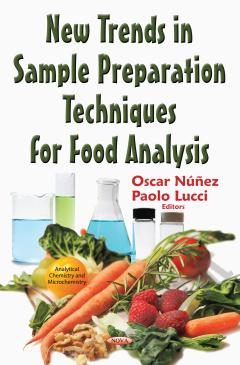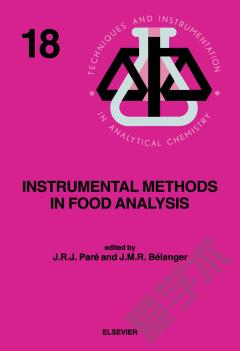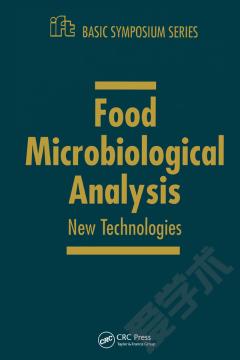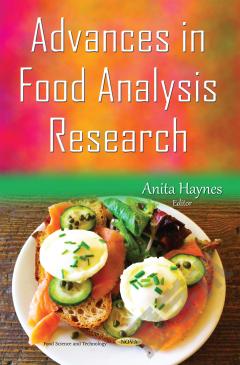New Trends in Sample Preparation Techniques for Food Analysis
Nowadays, there is a growing need for applications in food control and safety analysis to cope with the analysis of a large number of analytes in a very complex matrix. New analytical procedures are demanding sensitivity, robustness, effectiveness and high resolution within a reduced analysis time. Most of these requirements may be met to a certain extent by the total or partial automation of the conventional analytical methods, including sample preparation or sample pre-treatment coupled on-line to an analytical system. Despite the advances in chromatographic separations and mass spectrometry techniques, sample preparation is still one of the most important parts in any analytical method development and an effective sample preparation is essential for achieving good analytical results. Obviously, ideal sample preparation methods should be fast, accurate, precise and must keep sample integrity. For this reason, and over the last years, considerable efforts have been made to develop modern approaches in sample treatment techniques that enable the reduction of the analysis time without compromising the integrity of the extraction process. The aim of this book is to discuss new trends in sample preparation techniques applied to food analysis, and it will address not only the principles of each technique, but the most relevant applications in food control and safety analysis published over the few last years.
{{comment.content}}








 京公网安备 11010802027623号
京公网安备 11010802027623号